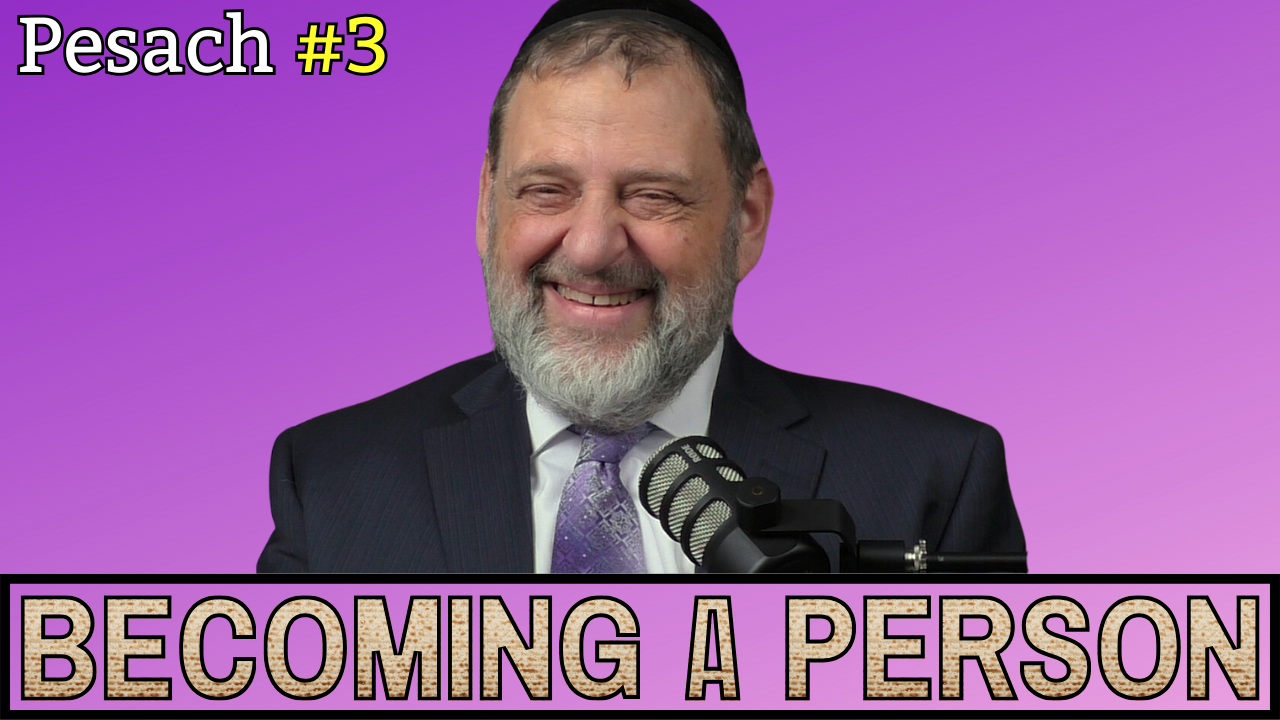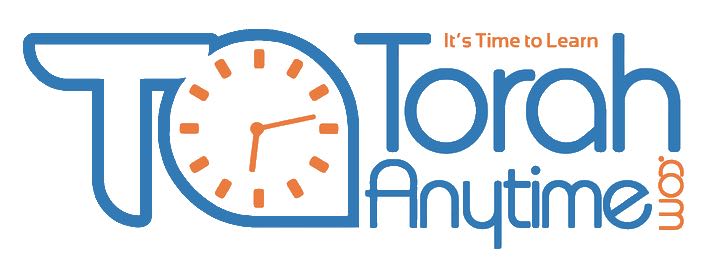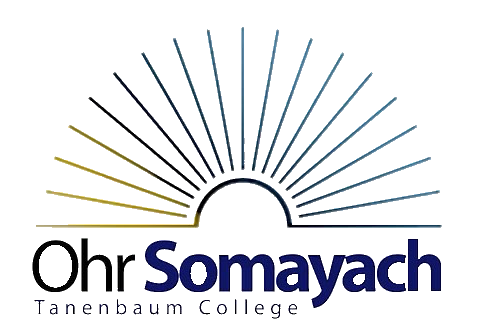The Other Three Weeks
/A Yeshiva student's schedule has a certain rhythm, one which spills over into the schedule of the rest of Klal Yisroel.
The year begins with Elul zman, the month of Elul and the next ten days up to and including Yom Kippur. This is a time of intense learning and introspection. Some Yeshivas prohibit weddings during this time. There’s no problem according to halacha, but the Yeshivas don’t want anything to distract from the serious effort being expended by the community as a whole.
Following Yom Kippur, comes a 20 day vacation, which is punctuated by Sukkos and the celebrations of the Simchas Bais Hashoeva. The remaining time is spent gearing up for the long winter zman, which is 6 (in a leap year, 7) months with barely a break. I often liken it to the structure of the TV game show, Jeopardy. The show opens cold with the three contestants playing the game. Then there is a break, Alex makes introductions and schmoozes everyone up, and then they get down to the serious business at hand. So too the relationship between Elul zman and winter zman.
Winter zman ends with Rosh Chodesh Nisan and everyone is gearing up for Pesach. Cleaning, baking matzas, shopping; and for the single bachurim traveling home and helping the family. This lasts a month and then it’s summer zman. Summer zman ends with Tisha B’Av and lasts three weeks until Rosh Chodesh Elul and then the cycle begins again.
That is where we are now, the three weeks between Tisha B’Av and Rosh Chodesh Elul. To me, this bein hazemanim (vacation break), is different than the other two. In Israel (as many other places), the prevalent minhag is that we don’t say tachanun from Yom Kippur until Rosh Chodesh Cheshvan. The whole bein hazemanim is tachanun free. Likewise tachanun is not said during the month of Nissan. Both of those times are without tachanun.
Not so these three weeks. We say tachanun every morning, with the exception of Tu B’Av. It gives a different feel to the entire vacation time. Allow me to suggest a reason for this dichotomy.
We are all familiar with the expression “The Three Weeks,” also referred to as Bein HaMetzarim. It is the time of tragedy from the 17 of Tammuz till Tisha B’Av. Things go from worse to worse until the Bais HaMikdash is finally destroyed.
The month of Elul is a time to begin to rebuild anew. As the Rambam explains, the shofar has the power to wake us up. It is a call to action. That is the shofar we blow starting Rosh Chodesh Elul.
Rabbi Zev Leff Shlita, Rav of Moshav Mattisyahu, explains that there is a parallel. It took three weeks for us to fall to this level of destruction; before we rebuild, we take three weeks to take in the experience. One doesn’t suffer a tragedy and then just jump up; you need some time to adjust.
So this bein hazmanim we say tachanun. We vacation – but with a sigh and a heaviness in our heart.
May Hashem grant us a true nechama and the strength to pick ourselves up and begin the process of rebuilding our lives, Klal Yisroel and the Bais HaMikdash.









